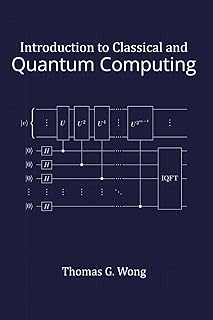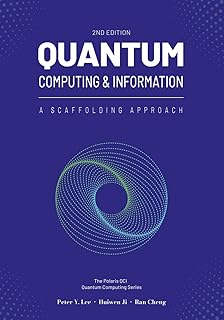Quantum computing is no longer a distant dream but a tangible reality, thanks to the groundbreaking collaboration between Fermilab’s Superconducting Quantum Materials and Systems (SQMS) Center and the National Institute of Standards and Technology (NIST) along with various partners. These advancements hold the promise of reshaping industries and everyday life in the near future. NIST is at the forefront of pushing the boundaries of quantum computing, with scientists from its Communications Technology Laboratory (CTL) and the Physical Measurement Laboratory (PML) leading the SQMS Center’s Nanofabrication Taskforce. This joint effort focuses on enhancing the performance of superconducting quantum bits (qubits), the essential components of quantum computers. Taskforce members bring expertise in metrology, nanofabrication, and materials science, with Peter Hopkins leading the NIST CTL Superconductive Electronics Group in pioneering breakthroughs in qubit fabrication techniques.
The SQMS Nanofabrication Taskforce’s mission is critical in addressing a major challenge in quantum computing: improving qubit coherence. By extending coherence times, qubits can maintain quantum states longer, enhancing the power and reliability of quantum computers. This work is pivotal for advancing quantum computing capabilities, boosting U.S. technological leadership, fostering collaboration among national labs, academia, and industry, and impacting economic and national security. Quantum computing’s practical implications span various sectors, promising advancements in healthcare, cybersecurity, encryption methods, economic growth, and job creation as the technology evolves.
Recent technical breakthroughs by the SQMS Nanofabrication Taskforce have significantly improved qubit coherence, with the best-performing qubits now achieving coherence times of up to 0.6 milliseconds. These achievements result from optimized qubit designs, enhanced readout resonators, and innovative approaches to reduce qubit loss mechanisms. Encapsulating niobium surfaces with gold or tantalum has proven effective in preventing lossy niobium oxide formation, a key factor in decoherence. The taskforce is also exploring alternative materials for Josephson junctions to address coherence limitations and is refining fabrication techniques to enhance quantum hardware’s reliability and scalability.
The future of quantum computing with SQMS holds the promise of building scalable, fault-tolerant quantum computers. By addressing the fundamental challenges of qubit fabrication and coherence, NIST scientists from CTL and PML are ensuring the U.S. maintains its leadership in this transformative field. The breakthroughs achieved through the SQMS Nanofabrication Taskforce are propelling quantum research closer to its ultimate goal, paving the way for the next generation of quantum computing that will revolutionize industries and drive innovation across various sectors.
📰 Related Articles
- Nvidia CEO Jensen Huang Unveils Quantum Computing Advancements
- D-Wave Quantum: Pioneering Success in Quantum Computing Industry
- Cloud-Based Quantum AI Computing Set to Dominate Industry Growth
- University of Colorado Boulder Unveils Quantum Rubik’s Cube Advancements
- Steven McBurnie Leads CISI Paraplanner Group Towards Industry Advancement






